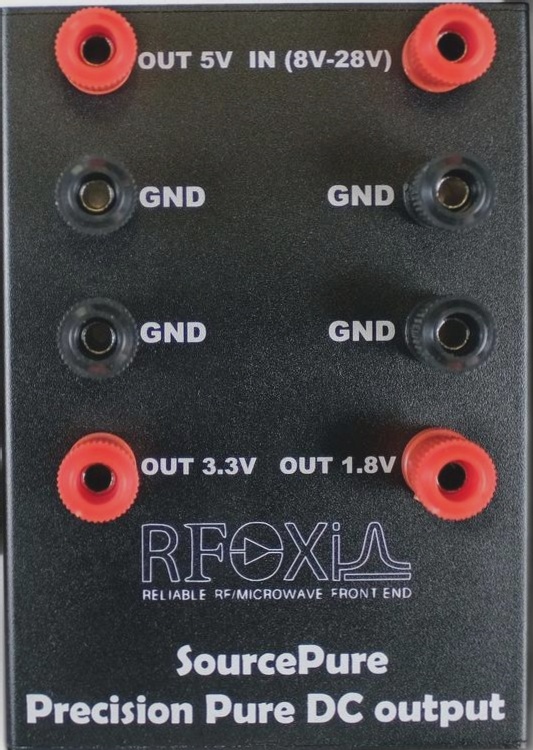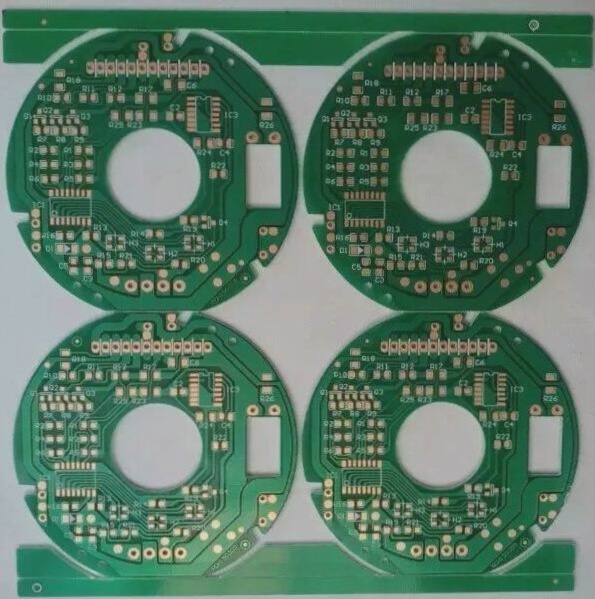The Impact of Humidity and Temperature on PCBA Manufacturing
Humidity and temperature are critical factors in the PCBA (Printed Circuit Board Assembly) manufacturing process, influencing material properties, assembly quality, and production efficiency. This article delves into how extremes in humidity and temperature can adversely affect PCBA processing.
Effects of Low Humidity
- Increased risk of electrostatic discharge (ESD) due to material drying
- Higher dust accumulation leading to component contamination
- Template blockages causing issues with solder paste application
- Accelerated template wear and equipment inefficiency
Low humidity levels below 20% RH can significantly increase friction between metal surfaces, impacting the efficiency of the production process.
Effects of High Humidity
- Materials absorbing moisture leading to delamination and solder defects
- Reduced glass transition temperature (Tg) causing warpage during reflow soldering
- Increased dynamic warpage affecting component alignment and solder joint quality
Moisture in high humidity environments can compromise the reliability of the final PCBA product.
The Role of Surface Wetness in Humidity-Related Issues
Moisture-absorbing layers on solid surfaces can impact material properties even at low humidity levels. Friction between surfaces can hinder automated assembly processes and contribute to equipment wear.
Moisture absorbed by organic materials can lead to failure during reflow soldering, emphasizing the importance of humidity control in PCBA manufacturing.
Conclusion
Controlling humidity levels is crucial for maintaining the quality and reliability of PCBA manufacturing. From mitigating ESD risks to preventing moisture-related defects, proper humidity management is essential for a smooth and efficient assembly process.

The Popcorn Effect: Impact of Humidity on PCB Manufacturing
The Impact of Humidity on PCB Manufacturing
- The “Popcorn Effect,” highlighted by IPC-STD-020, focuses on how humidity affects plastic packaged devices in manufacturing.
- Humidity can cause pores, voids, solder spatter, solder balls, and underfill voids, impacting material performance and process reliability.
Humidity’s Significance in Manufacturing
Controlling humidity is crucial during PCB manufacturing to prevent defects caused by moisture condensation. Maintaining the dew point below the substrate temperature is essential for coating processes to ensure production quality.
Effects on Solder Paste and Coatings
Moisture near the dew point can affect solder paste adhesion, leading to issues like bubbles under coatings. Dew point meters help monitor humidity levels to prevent poor adhesion conditions and defects.
Moisture Absorption and Its Consequences
Understanding the relationship between moisture absorption, relative humidity, and dew point is vital. Higher humidity levels can increase water bonding, potentially impacting materials like epoxy and flux.
Real-World Example: DEK Press Settings
In a workshop with 45% relative humidity and a substrate temperature of 19°C, maintaining a temperature difference of at least 5°C above the dew point is crucial to prevent issues like porous coatings and ensure optimal quality.
Workshop Measurement and Humidity Control
Regularly measuring humidity levels and controlling environmental conditions in workshops is essential to maintain quality standards and prevent moisture-related defects in PCB manufacturing.
The Impact of Moisture on PCB Manufacturing
The amount of moisture absorbed by the substrate is influenced by various factors such as surface temperature, ambient air temperature, and relative humidity. When the substrate temperature approaches the dew point, a thick layer of water molecules forms on the surface. This layer can negatively affect the adhesion of solder paste, leading to viscosity issues and poor paste release during printing.
For instance, when the relative humidity exceeds 50% RH and the surface temperature is within 4-5°C of the dew point, issues with poor wetting and adhesion may arise. In a test scenario, a clean substrate was cooled to the dew point temperature in a refrigerator for half an hour. Subsequent testing with a dyne pen revealed a drop in dyne value from over 40 dyne to 37 dyne, indicating a significant decrease in surface wettability. This test underscores the impact of humidity, especially at higher levels, on process quality. In actual production settings with RH levels of 60-65%, the effect on dyne values would be even more pronounced.
Conclusion
The Popcorn Effect poses a significant challenge in PCB manufacturing, particularly as component sizes decrease and process demands increase. Effective humidity control is crucial to prevent material degradation, process flaws, and reliability concerns. By monitoring and managing environmental variables like substrate temperature and relative humidity, manufacturers can substantially mitigate the risk of issues such as poor solder paste adhesion and void formation. As the industry progresses towards more advanced manufacturing processes, a comprehensive understanding of moisture’s implications will be vital for upholding superior production standards.
If you have any inquiries regarding PCB or PCBA, don’t hesitate to contact me at info@wellcircuits.com.




